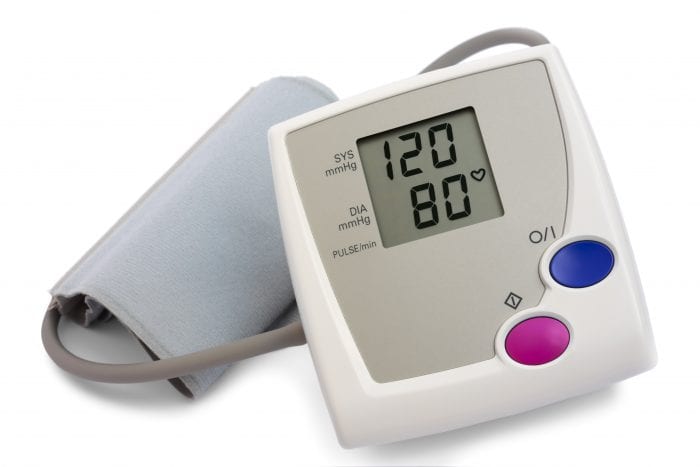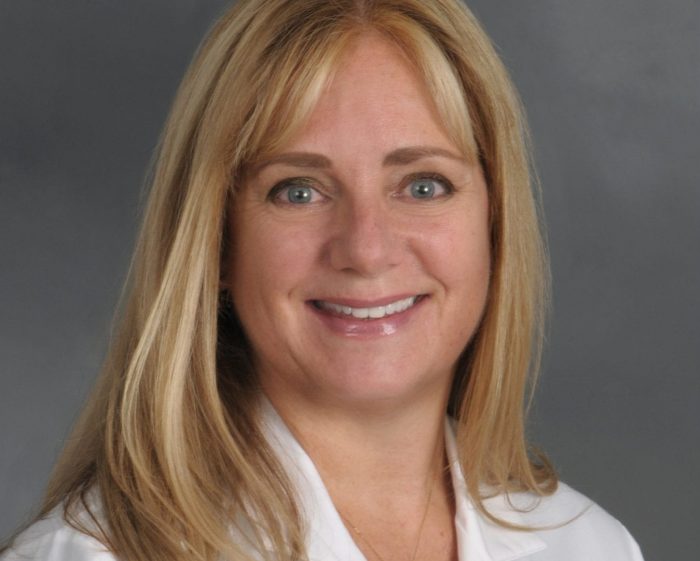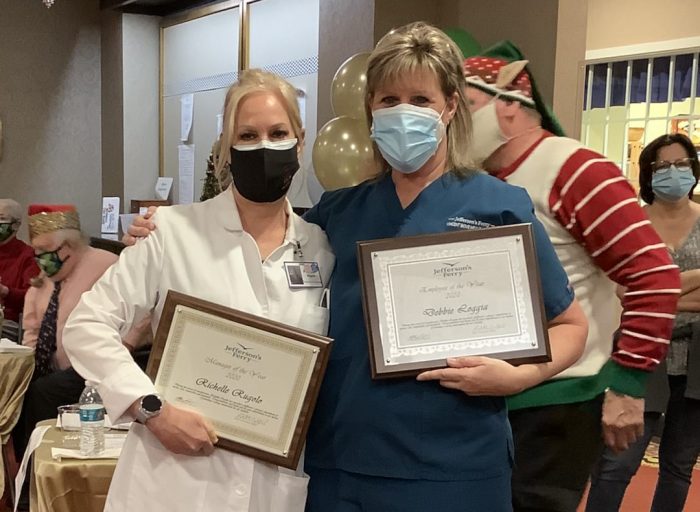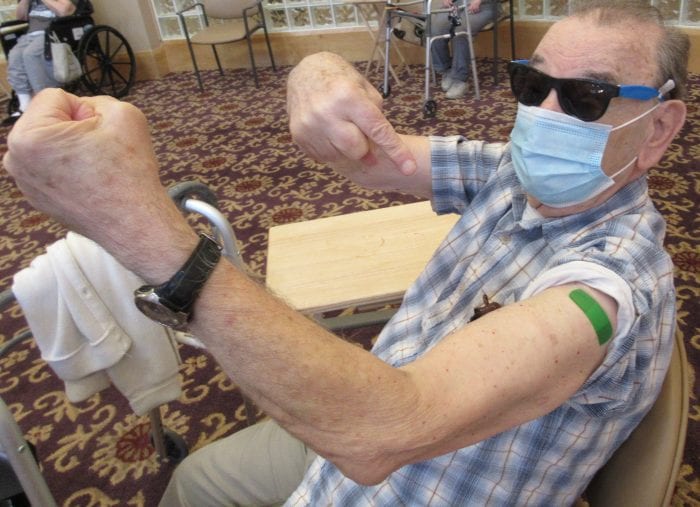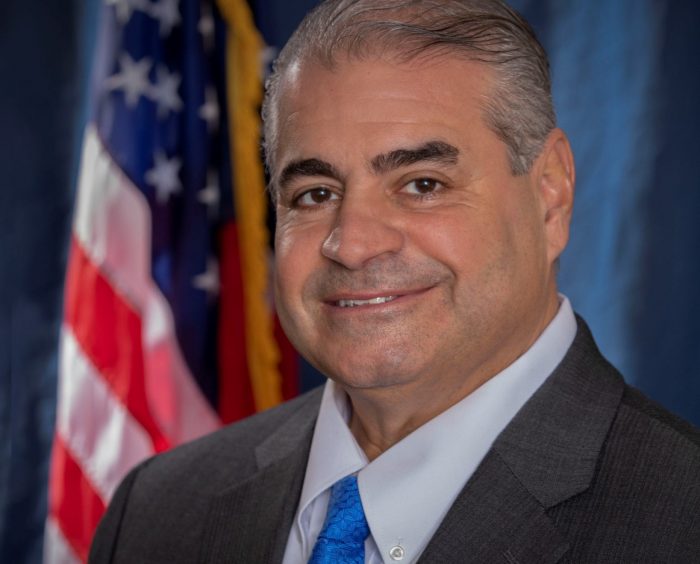Nighttime blood pressure readings may be more accurate predictors
By David Dunaief, M.D.

What could we possibly learn about blood pressure that we have not heard already? Studies teach us about diagnostic techniques and timing, as well as consequences of hypertension and its treatment.
Two arms please
When you go to the doctor’s office, they usually take your blood pressure first. But do they take readings in both arms and, if so, have you wondered why? I take blood pressure readings in both arms, because there may be significant benefit from this.
Researchers analyzed the Framingham Heart Study and Offspring Study and found that when blood pressure was taken in both arms and there was a difference of more than 10 mm Hg in the systolic (top number) blood pressure, they could identify an almost 40 percent increased risk of having a cardiac event, such as a stroke or a heart attack (1).
So, the next time you go to the doctor’s office, ask them to take your blood pressure in both arms to give you and your doctor a potential preliminary indication of increased cardiovascular disease risk.
Night beats daytime
When do you take your blood pressure? For most of us it is usually at the doctor’s office in the middle of the day. This may not be the most effective reading. Nighttime blood pressure readings may be the most accurate, according to one study (2).
This was a meta-analysis of nine observational studies involving over 13,000 patients. Neither the clinical nor daytime readings correlated significantly with cardiovascular events when multiple confounding variables were taken into account. However, every 10 mm Hg increase at night had a significant predictive value.
With patients, if blood pressure is high in my office, I suggest that they take their blood pressure at home, both in the morning and at night, and send me weekly readings. At least one of the readings should be taken before antihypertensive medications are taken, since these will alter the numbers.
Pass on the salt
There has always been a debate about whether salt plays a role in high blood pressure and heart disease. A compelling British study, called the Health Survey from England, implicates sodium as one potential factor exacerbating the risk for high blood pressure and, ultimately, cardiovascular disease (3). The results show that when salt intake was reduced by an average of 15 percent, there was a significant blood pressure reduction and that this reduction may be at least partially responsible for a 40 percent reduction in stroke mortality and a 42 percent reduction in heart disease mortality.
One potential study weakness was that physical activity was not taken into account. However, this study’s strength was that it measured salt intake through 24-hour urine tests. Most of our dietary salt comes from processed foods we least suspect, such as breads, pastas and cheeses.
Check your eyes
When we think of blood pressure-lowering medications, we don’t usually consider age-related macular degeneration as a potential side effect. However, in the Beaver Dam Eye Study, patients who were taking blood pressure medications were at a significant 72 percent increased overall risk of developing early-stage AMD (4). It did not matter which class of blood pressure-lowering drug the patient was using, all had similar effects: calcium channel blockers, beta blockers, diuretics, and angiotensin receptor blockers.
However, the researchers indicated that they could not determine whether the blood pressure or the blood pressure medication was the potential contributing factor. This is a controversial topic. If you are on blood pressure medications and are more than 65 years old, I would recommend that you get yearly eye exams by your ophthalmologist.
Manage your fall risk
One study shows that blood pressure medications significantly increase fall risk in the elderly (5). Overall, nine percent of these patients on blood pressure medications were seriously injured when they fell. Those who were considered moderate users of these medications had a 40 percent increased risk of fall. But, interestingly, those who were consider high-intensity users had a slightly less robust risk of fall (28 percent) than the moderate users. The researchers used the Medicare database with 5,000 participants as their data source. The average age of the participants in the study was 80.
Does this mean that we should discontinue blood pressure medications in this population? Not necessarily. This should be assessed at an individual level between the patient and the doctor. Also, one weakness of this study was that there was no dose-response curve. In other words, as the dosage increased with high blood pressure medications, one would expect a greater fall risk. However, the opposite was true.
So, we have some simple, easy-to-implement, takeaways. First, consider monitoring blood pressure in both arms, since a difference can mean an increased risk of cardiovascular events. Reduce your salt intake; it appears that many people may be sensitive to salt, as shown by the British study. If you do take blood pressure medications and are at least 65 years old, take steps to reduce your risk of falling and have annual ophthalmic exams to check for AMD.
References:
(1) Am J Med. 2014 Mar;127(3):209-215. (2) J Am Soc Hypertens 2014;8:e59. (3) BMJ Open 2014;4:e004549. (4) Ophthalmology online April 30, 2014. (5) JAMA Intern Med. 2014;174(4):588-595.
Dr. David Dunaief is a speaker, author and local lifestyle medicine physician focusing on the integration of medicine, nutrition, fitness and stress management. For further information, visit www.medicalcompassmd.com.

